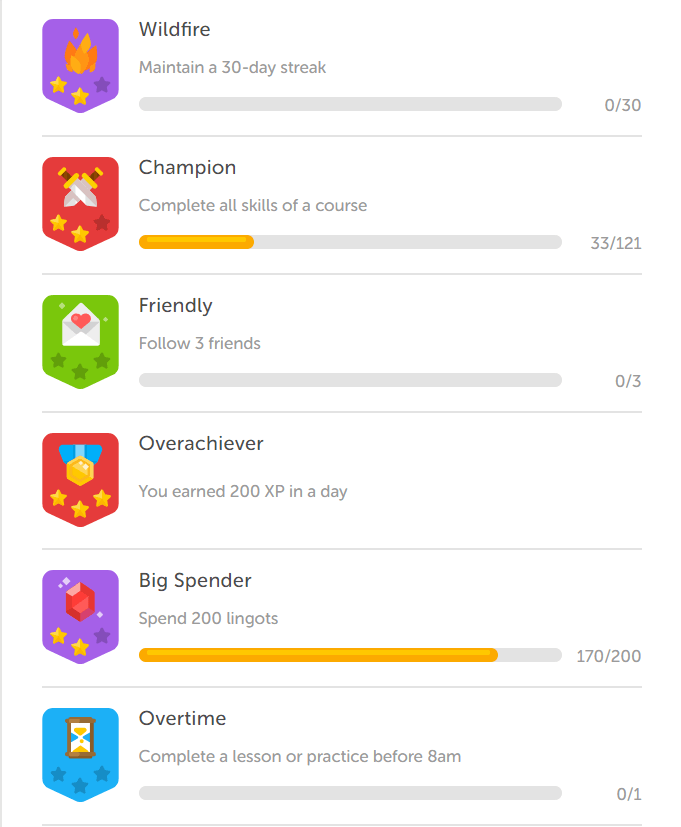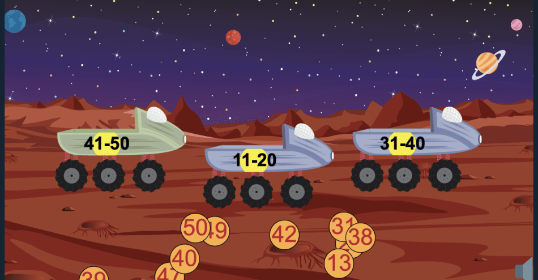Gamification and Game-based learning have been trending for the last decade or so. However, these terms are still used interchangeably from time to time or get otherwise confused. We have prepared an article addressing this issue and showing examples of both approaches.
There are essential differences between gamification and game-based learning that you may want to know. It’ll help you make the best choice for your e-learning business, learning and development (L&D) department, school or university program.
Dmitry Baraishuk Belitsoft’s CTO on Forbes.com

Difference 1. Role
A game-based learning project implies that the learner plays a role.
A user of a gamified project doesn’t.
A role is a powerful tool to get the user more involved with the process. Slaying zombies or saving a princess is much more interesting than solving abstract math problems. In Extraas, for example, the learner is usually playing a certain role (e.g. a driver or a man surviving in the ocean) to increase immersion and lead to better learning outcomes.
The same is true for a story - the more exciting it is, the deeper the user immerses themselves in it, and the closer they associate themselves with the character. Choosing the right setting and characters that fit the target audience are of utmost importance.
The role we are talking about means “becoming” a specific character in a specific setting, perhaps participating in some sort of a narrative. This is most apparent in RPGs but is also completely valid for strategies (e.g. Sim City), sports titles, racing games, and other genres. Only the exact role differs - a mayor, a team manager, a racer, etc. This role and the task before it (saving the world, expanding an empire, winning a competition, etc.) are at the forefront of any game-based learning project.
Gamified products involve no such roles. There are motivating factors that a user can aim for (e.g. points or positions on a leaderboard) but throughout the whole experience, the learner remains who they are.
The role itself could be uninteresting (or even somewhat repulsive) to the user, and the game could still be exciting. However, it must be logical in terms of the game’s setting. After all, not many people are willing to try dark magic, yet “Warcraft 3” is a game that an entire generation remembers fondly.
Gamified projects don’t have roles like that. In TET, a driving theory course, the user just learns, and the progress bar and points are simply a motivating factor.
Difference 2. User Goal
In a game-based learning project, the user aims to have fun first.
In a gamified project, the user intends to learn.
The goal of someone playing a game is directly tied to the game itself: win the race, save the kingdom, escape the island, etc. The thing is, this can only be achieved by adhering to the rules of the game, which are designed to promote learning.
E.g. in Pulse! the learner assumes the role of an ER doctor that needs to correctly diagnose the patient and provide a fitting treatment. To do that, the player can use various medical instruments and devices, run tests, have other medical staff help, and more. The end goal is saving the life of a virtual patient, the learning happens in the process.
The goal of a user of gamified learning software is to acquire new knowledge or skills. E.g. in Ticken the learner comes to study touch-typing, there is no story or deeper meaning behind it. Points, leaderboards, typing games, etc. are there to better motivate, but they are just a means to an end.
Difference 3. Age-Related Motivational Effects
Game-based learning is more suited for children who want to play and enjoy themselves, not study.
Gamification is more suited for adults who understand the necessity of learning.

Children don’t yet understand the benefits of learning. The problems they solve at school are abstract, the knowledge they get can’t be directly used in their lives, at least for now. So they prefer to play, surf the Internet, watch shows, or hang out with their friends.
That’s why game-based projects become so successful for this age group: they entice the users with bright visuals, engaging story, and interesting characters to “sneak in” the learning. Even if the subject itself isn’t very interesting, the game itself might be fun enough to teach: take, for example, Minecraft Education, where the (predominantly young) players look for elements and combine them, learning chemistry in the process.
Adults, while also preferring to have fun, understand that learning new skills is important. They also know why do they want to study and where to apply their newfound knowledge. This begins at about 9th grade and increases as the age goes up. Moreover, the adults aren’t dependent on anyone and can provide their own entertainment.
Gamification is more often used in projects that target grown-ups. One of its main benefits is protection against procrastination. The learning materials themselves might be boring, but points, badges, leaderboards, and other elements can provide the brief dopamine rush and restore the interest. Even when it takes a while to apply the skills and knowledge that the course teaches (e.g. foreign language apps) small rewards still give the users something to look forward to.
Gamification works when the learner is already interested in the subject or is otherwise motivated to study it.
Difference 4. In-system rewards
In game-based learning projects, rewards directly affect the completion of the game.
In gamified projects, rewards only affect the users’ motivation.

Learning games include rewards that affect the game itself: new levels, tools and apparel for the character, in-app currency, etc. The better you learn - the stronger your character becomes and the closer to the grand finale of the story you get.
This is a self-reinforcing cycle: in the beginning of the game, the character could barely fight an oversized rat, and the player wasn’t too good at the subject. But later, as the player learns more, their character’s abilities also grow - this motivates the user to play more.
Moreover, game-based projects often have some form of in-app currency (points, coins, etc.) that can be spent on in-game items, levels, characters, etc. Making a player curious to try out all the cool things is a powerful motivator.
Gamified projects reward a player with a sense of achievement (badges and points) or social proof (leaderboards), but neither of these factors directly affect the course completion. The points and levels can serve as something to be proud of, but they make no meaningful difference in the learning process. In addition, the points you earn either can’t be spent or have a very limited application (e.g. Duolingo has an option to buy new clothing for the mascot).
Difference 5. Content prioritization
Game-based projects are games first.
Gamified projects are learning courses first.
Gamified projects are learning courses that have an extra layer of motivation. Like in Ticken, where the people spend most of their time doing practical typing exercises and the gamification just increases users’ interest.

Game-based learning is primarily a game, the learning is tied in as part of the game mechanics.
Rate this article
Recommended posts
Portfolio
Our Clients' Feedback






















.jpg)
.jpg)
.jpg)
.jpg)
.jpg)
.jpg)














Belitsoft has been the driving force behind several of our software development projects within the last few years. This company demonstrates high professionalism in their work approach. They have continuously proved to be ready to go the extra mile. We are very happy with Belitsoft, and in a position to strongly recommend them for software development and support as a most reliable and fully transparent partner focused on long term business relationships.
Global Head of Commercial Development L&D at Technicolor